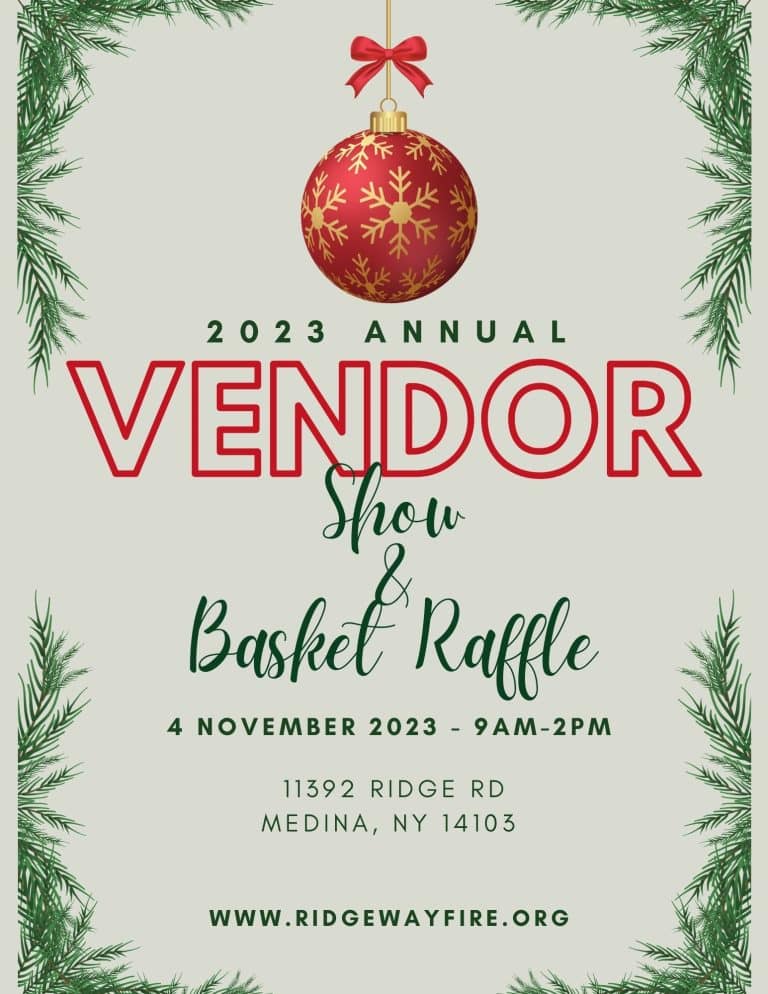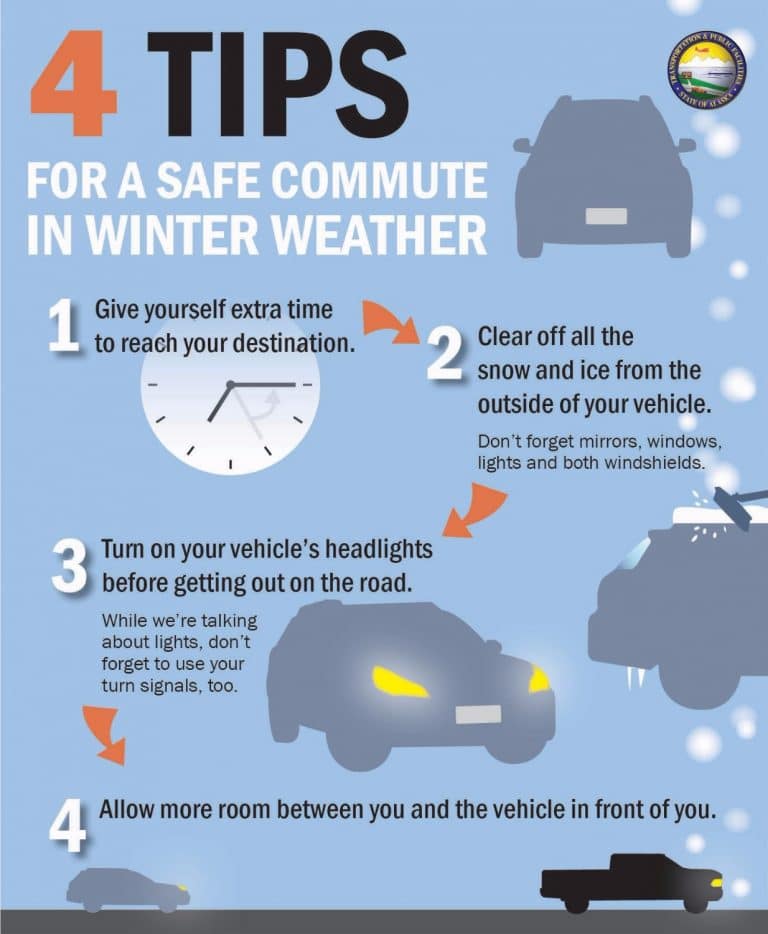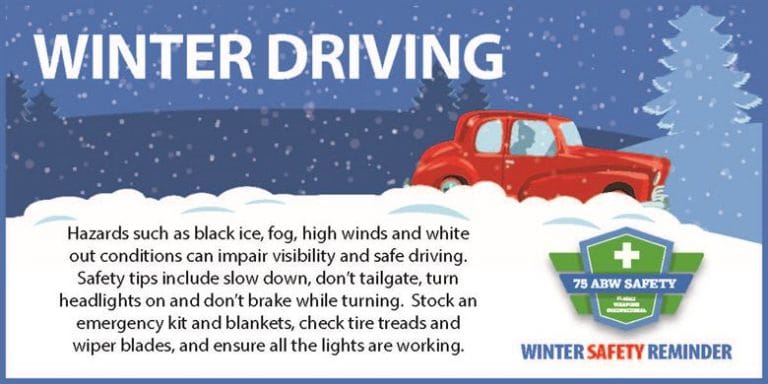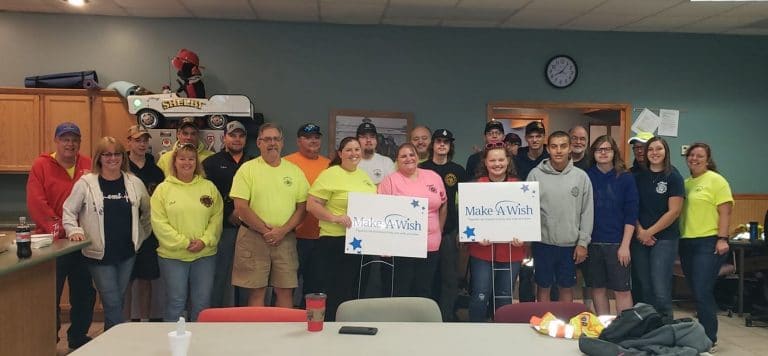Don’t start a fire without cleaning your chimney first!
What is a Chimney Sweep?
When we hear the words chimney sweep, we may think of a soot-faced character out of a Dickens novel or a jolly dancer from Mary Poppins. Chimney sweeps were indeed common back in the days when cooking and heating were all done over a fire. And back then, chimney sweeps had to use hand tools that brought them right into the sooty chimneys they were cleaning. But a modern chimney sweep is still vital to the proper functioning and safety of your chimney.
Today, chimney sweeps use modern tools and even some technology to get your chimney clean. They are also chimney experts who can advise you on the condition of your chimney and suggest any needed repairs. Some chimney sweeps can even make the repairs themselves.
What is Creosote and Why Does it Matter?
When wood burns, it lets off smoke, and the whole purpose of your chimney is to allow that smoke to exit your home safely. Smoke may seem simple, but it is actually made of a wide variety of ingredients, which can vary depending on the fuel you use and how it burns. Most smoke contains toxic gases that can make you sick if they stay in your home. That’s why efficient venting and smoke removal are vital to maintaining a healthy environment in your home.
One of the most dangerous ingredients in fireplace smoke is wood tar. When wood burns incompletely, it releases a thick smoke full of tar. The tar sticks to the inside of your fireplace and chimney, forming a black layer of creosote. Creosote is highly flammable, and a fireplace or chimney with a thick buildup of creosote poses a severe fire risk. In fact, the number one cause of house fires is creosote buildup in fireplaces and chimneys.
One way to test for creosote is to scrape the inside of your chimney. Put on some rubber gloves and a dust mask, and grab your fireplace poker. First, stick your head into the fireplace (when it is not burning, of course). Looking up, use your poker to scrape along the inside of the chimney. If the scrape is paper-thin, you should be okay. But if the groove you make is more than ⅛” deep, it’s time for a cleaning. If the groove is more than ¼” deep, your chimney is dangerously flammable. Don’t light a fire until your chimney is professionally cleaned.
Even if you don’t see a lot of built-up creosote, or if you don’t want to check for yourself, you should have your chimney inspected and cleaned at least annually.
What to Expect When Your Chimney is Inspected
The most crucial part of any chimney service, from a safety perspective, is removing creosote buildup. But there is a lot more to a chimney cleaning.
The first thing your chimney sweep will do is perform a full inspection of your fireplace and chimney. Any good inspection should include the following:
- Inspect your chimney inside and out to look for any cracks in the masonry or mortar.
- Search the fireplace and chimney for any signs of water damage or mold.
- Inspect the flue and liner for any tears or fire damage.
- Check the damper for rust. It should open and close easily and form a tight seal when closed.
- Inspect the smoke shelf, checking for signs of wear or rust.
- Inspect the chimney cap, looking for any cracks, rust, or other signs of wear.
What to Expect When Your Chimney is Cleaned
Once the chimney and fireplace have been inspected, your chimney sweep will suggest any repairs that might be needed. Most chimney and fireplace service specialists can do the repairs themselves. Repairs may include masonry work, installing new liners, or even replacing parts of your chimney system.
The second part of your chimney service is the actual cleaning. Chimney cleaning is a dirty job, but modern tools and technology have made it safer, easier, and cleaner. First, the chimney sweep will inspect your chimney for any obstructions. Obstructions might include bird or other animal nests, debris from trees and plants, or other debris that has gotten into your fireplace system.
The chimney sweep will then use specialized tools and brushes to clean the inside of the chimney and the firebox (what you think of as the fireplace). The main goal is to remove dangerous creosote buildup. They will also clean out extra ashes and soot that have built up since your last cleaning, giving you a cleaner burn. Many chimney sweeps include a remote video inspection of your chimney so that you can see the inside and how it has been cleaned.
What Else Can a Chimney Sweep Do?
Chimney sweeps—or, more accurately, fireplace and chimney service experts—can do a lot more than just clean a chimney. We’ve already discussed the detailed inspection that any chimney sweep should include with their service. But chimney sweeps may also perform a variety of other related services.
First, chimney sweeps are experts on chimneys and fireplaces, and many of them can do some pretty extensive repairs.
Companies can install, inspect, clean, and refurbish wood, gas, and pellet stoves. A stove is an effective way to heat a room or a whole home, and they look beautiful too.
In addition to cleaning chimneys, many chimney sweeps also clean dryer vents and similar exhaust systems.
So before you light up your first fire of the season, be smart and hire a professional chimney sweep to ensure you have a safe, healthy fireplace season.
https://www.trustdale.com/blog/be-safe-dont-light-a-fire-without-cleaning-your-chimney-first





